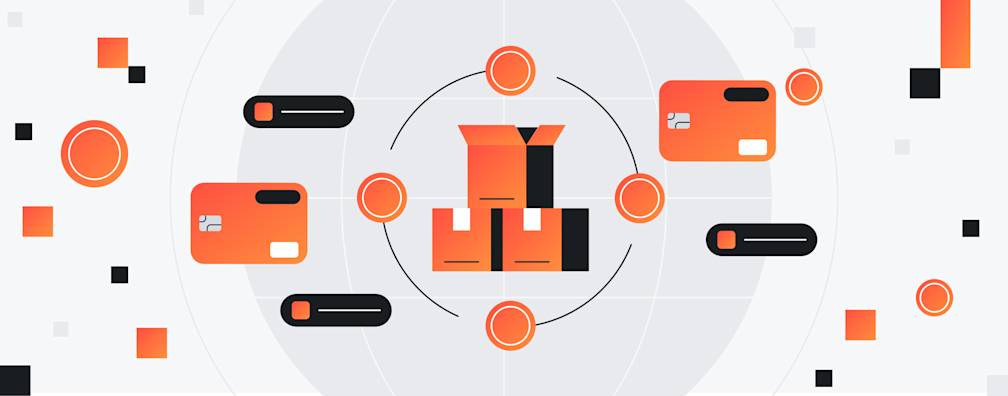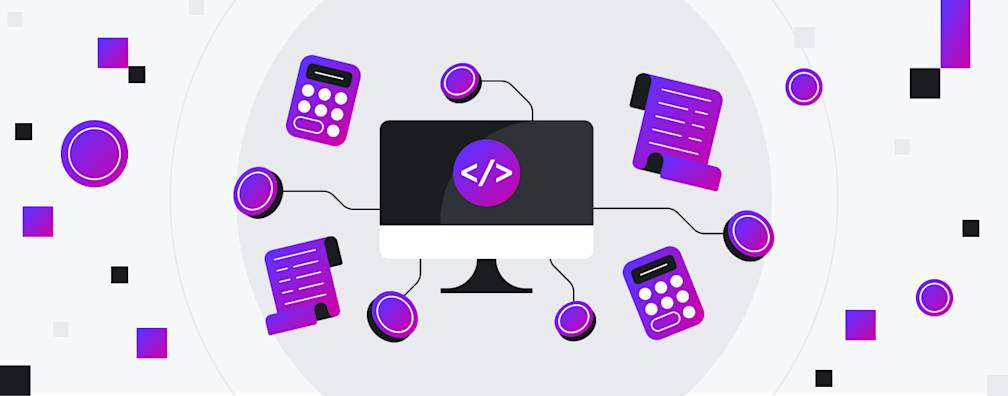Blog
FinanceBusiness tips
What is a multi-currency account? Growth benefits for business
See how a multi-currency account helps your business run internationally with minimal conversion fees, fast transfers, and streamlined global money management.
Rachel Tan
•5 minutes
GuidesBusiness tips
A business owner’s guide to credit card processing: what you need to know in 2025
Businesses need to capture this growth in credit card usage by accepting credit cards at their checkout.
Rachel Tan
•11 minutes

What are expense reimbursements? Everything you need to know
Answers to popular questions about expense reimbursements and learn how Airwallex enhances business expense management.
Rachel Tan
•6 minutes
Payment orchestration: How does it work and do you need it?
Learn how payment orchestration unifies payment systems to ease management and discover less complex alternatives to streamline your payment processing.
Rachel Tan
•10 minutes

What is a direct deposit: how it works and benefits explained
Direct deposit is a type of payment method. Explore how it works and how it can benefit both your business and employees.
Rachel Tan
•6 minutes

FinanceGuides
What are B2B payments? A guide for businesses in 2025
Want to start streamlining how you do B2B payments with your global partners? Learn about the B2B cycle and the best B2B payments solutions with Airwallex.
Rachel Tan
•16 minutes
FinanceGuides
Payment gateway fees: What businesses need to know
Find out how payment gateway fees work, and how you can reduce them to improve cash flow. Here's how you can choose the right payment gateway and save on costs.
The Airwallex Editorial Team
•15 minutes
What is card issuing for businesses and how does it work?
Discover what card issuing is, its benefits, and the key steps involved in creating a customisable card program by partnering with a card issuing platform.
Regina Lim
•15 minutes

How to send an invoice: The comprehensive guide to invoicing
Send professional invoices and get paid on time. This guide covers everything from writing to following up on invoices, and using technology so you can get paid faster.
The Airwallex Editorial Team
•9 minutes
9 ways to prevent chargebacks and protect your business
Explore 9 ways your business can prevent chargebacks to protect revenue with operational best practices and secure end-to-end payment services and features.
The Airwallex Editorial Team
•10 minutes

What is an invoice: a guide for small businesses
Learn what an invoice is, how to structure it, and best practices for getting paid faster. Discover how Airwallex Payment Links can simplify payments and improve cash flow.
The Airwallex Editorial Team
•13 minutes

March release notes: Discover and Diners Club now available globally, physical and digital cards (Apple & Google Pay) have launched in Canada and New Zealand
Discover the latest product releases from Airwallex.
•7 minutes

Business tipsGuides
A guide to GST registration for companies in Singapore (2025)
Understand the GST registration process in Singapore. Learn when businesses must register for GST, key filing deadlines, potential penalties, and more.
Shermaine Tan
•9 minutes